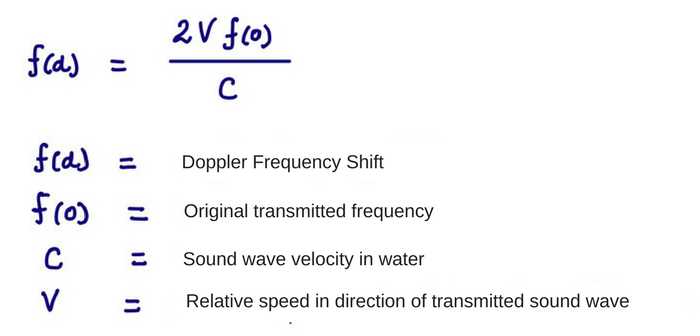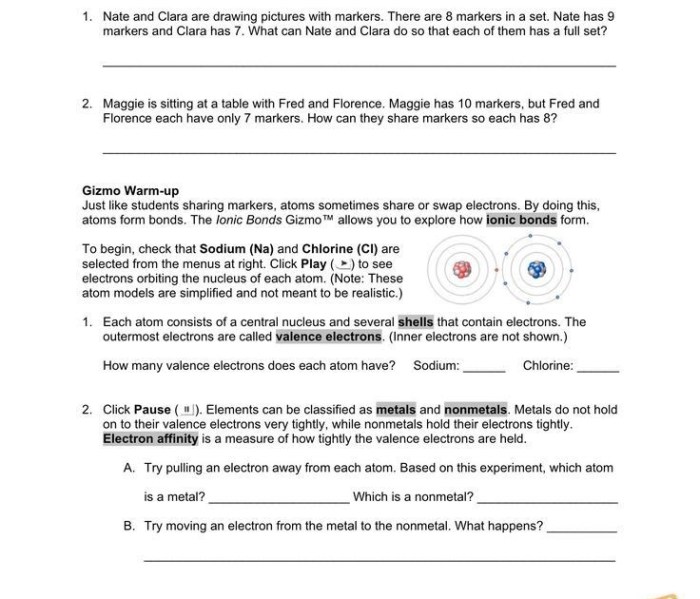Doppler shift gizmo answer key – Unveiling the Doppler Shift Gizmo: Your Key to Understanding Wave Phenomena, this guide delves into the fascinating world of the Doppler effect, empowering you with the knowledge to decipher the secrets of wave behavior.
The Doppler Shift Gizmo, a virtual laboratory, provides an interactive platform to explore the Doppler effect, a phenomenon that alters the frequency of waves as the source or observer moves. This guide will navigate you through the intricacies of the gizmo, unlocking its potential for understanding wave dynamics.
Doppler Shift Gizmo Overview

The Doppler Shift Gizmo is an interactive simulation that demonstrates the Doppler effect, a phenomenon where the frequency of a wave changes when the source and observer are moving relative to each other. This Gizmo allows students to explore the effect by adjusting the speed and direction of a moving source and observer and observing the resulting changes in frequency.The
Gizmo consists of a sound source (a tuning fork) and an observer (a microphone). The source emits a sound wave, and the observer measures the frequency of the wave. When the source and observer are moving towards each other, the observer measures a higher frequency than the actual frequency of the source.
When the source and observer are moving away from each other, the observer measures a lower frequency.The Doppler effect is a common phenomenon that can be observed in many different situations. For example, the Doppler effect is responsible for the change in pitch of a car horn as it passes by an observer.
The Doppler effect can also be used to measure the speed of moving objects, such as cars or airplanes.
Using the Doppler Shift Gizmo: Doppler Shift Gizmo Answer Key

The Doppler Shift Gizmo is an interactive simulation that allows you to explore the Doppler effect. The Doppler effect is the change in frequency of a wave in relation to an observer who is moving relative to the wave source.
This effect is commonly heard when a car passes by with its siren on.
To use the Gizmo, first select the type of wave you want to simulate. You can choose from sound waves, light waves, or water waves. Then, adjust the parameters of the simulation, such as the source velocity, observer velocity, and wave frequency.
You can also choose to display the wave as a graph or as an animation.
Doppler shift gizmo answer key is an excellent resource for understanding this concept. If you’re also interested in practicing your nursing skills, be sure to check out ati comp predictor practice a . It’s a great way to prepare for the NCLEX and improve your overall nursing knowledge.
Returning to the topic of Doppler shift gizmo answer key, it’s worth noting that the answer key can be a valuable tool for students and educators alike.
Tips for Optimizing Gizmo Simulations
- Use a small time step to get more accurate results.
- Use a large number of points to get a smoother graph.
- Zoom in on the graph to see the details of the wave.
- Use the animation to visualize the wave propagation.
Data Analysis and Interpretation
The Doppler Shift Gizmo provides a rich dataset for analyzing the relationship between the motion of a wave source and the frequency of the wave received by an observer. To collect data, set the gizmo parameters and run the simulation.
The gizmo will generate a graph of frequency versus time.
Analyze the data by identifying patterns and trends in the graph. Look for relationships between the speed and direction of the wave source and the observed frequency shift. Determine if the data supports the Doppler effect theory.
Sources of Error
Consider potential sources of error that could affect the data, such as measurement error, environmental factors, or limitations of the gizmo. Discuss strategies to minimize the impact of these errors, such as repeating measurements, controlling environmental conditions, or using more precise equipment.
Applications of the Doppler Effect
The Doppler effect has a wide range of applications in various fields. In this section, we will explore some real-world examples of the Doppler effect and discuss how it is used in technologies such as radar, sonar, and medical imaging.
Radar
Radar (Radio Detection and Ranging) is a technology that uses the Doppler effect to detect and locate objects. Radar systems emit radio waves and analyze the reflected waves to determine the speed and direction of moving objects. This technology is commonly used in air traffic control, weather forecasting, and military applications.
Sonar
Sonar (Sound Navigation and Ranging) is a technology that uses the Doppler effect to detect and locate underwater objects. Sonar systems emit sound waves and analyze the reflected waves to determine the speed and direction of moving objects. This technology is commonly used in marine navigation, underwater exploration, and military applications.
Medical Imaging
The Doppler effect is also used in medical imaging techniques such as Doppler ultrasound and Doppler echocardiography. These techniques use the Doppler effect to measure the speed and direction of blood flow in the body. This information can be used to diagnose and monitor various cardiovascular conditions.
Limitations and Challenges
While the Doppler effect is a valuable tool in various applications, there are certain limitations and challenges associated with its use. These include:
- The Doppler effect can only be used to measure the speed and direction of moving objects if there is a relative motion between the source and the object.
- The Doppler effect can be affected by environmental factors such as temperature, humidity, and wind speed.
- The accuracy of Doppler measurements can be limited by the resolution of the measuring equipment.
Despite these limitations, the Doppler effect remains a powerful tool with a wide range of applications in various fields.
Extensions and Activities

The Doppler Shift Gizmo provides a valuable platform for exploring the Doppler effect. Here are some additional activities and extensions to enhance learning:
Incorporate the Gizmo into lesson plans and demonstrations to illustrate real-world applications of the Doppler effect. For example, use the Gizmo to demonstrate how radar guns measure the speed of moving vehicles or how astronomers use the Doppler effect to study the motion of stars and galaxies.
Hands-on Experiments
- Conduct hands-on experiments to demonstrate the Doppler effect. For instance, use a tuning fork or a siren to produce sound waves and observe the change in pitch as the source moves towards or away from a listener.
- Design and carry out experiments to investigate the relationship between the speed of the source, the wavelength of the waves, and the magnitude of the Doppler shift.
Data Analysis and Interpretation
- Analyze data collected from the Gizmo or from real-world experiments to determine the speed of moving objects. For example, use the Gizmo to measure the speed of a car passing by or analyze data from a radar gun to determine the speed of a baseball pitch.
- Explore the limitations of the Doppler effect and discuss factors that can affect the accuracy of measurements, such as the angle between the source and the observer or the presence of background noise.
Further Research and Exploration, Doppler shift gizmo answer key
- Research and report on the history of the Doppler effect and its impact on various fields of science, including astronomy, medicine, and engineering.
- Investigate the applications of the Doppler effect in medical imaging techniques, such as Doppler ultrasound and Doppler echocardiography.
Key Questions Answered
What is the Doppler effect?
The Doppler effect is the change in frequency or wavelength of a wave in relation to an observer who is moving relative to the wave source.
How does the Doppler Shift Gizmo help me understand the Doppler effect?
The Doppler Shift Gizmo provides an interactive simulation that allows you to adjust the velocity of the wave source and observer, and observe the resulting changes in wave frequency.
What are some real-world applications of the Doppler effect?
The Doppler effect has applications in various fields, including radar, sonar, medical imaging, and astronomy.